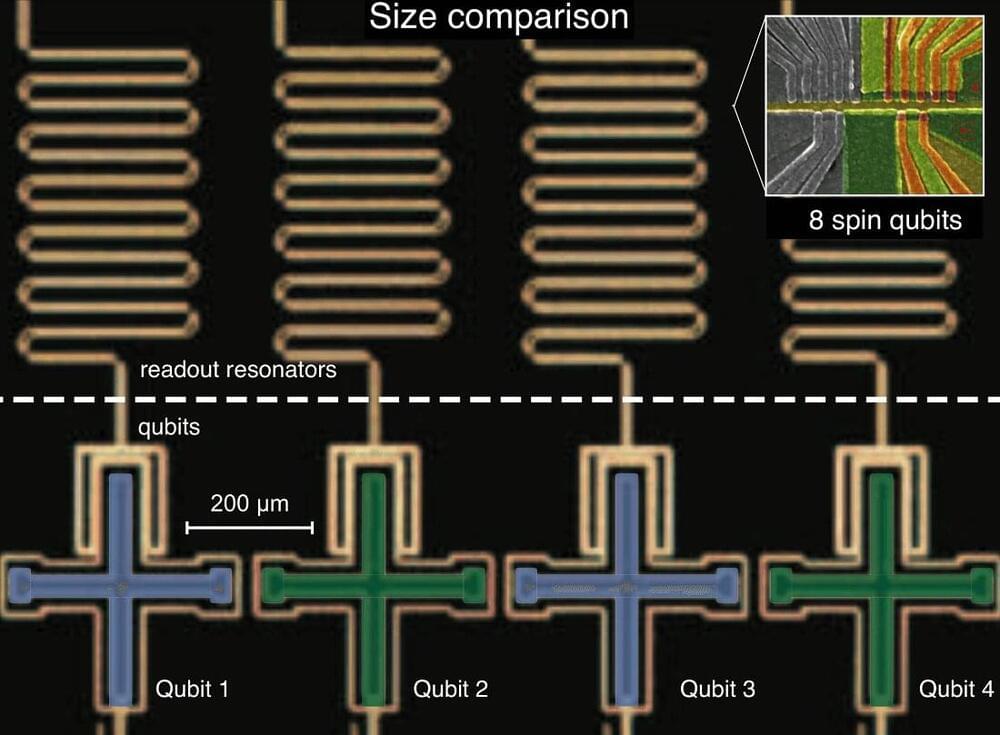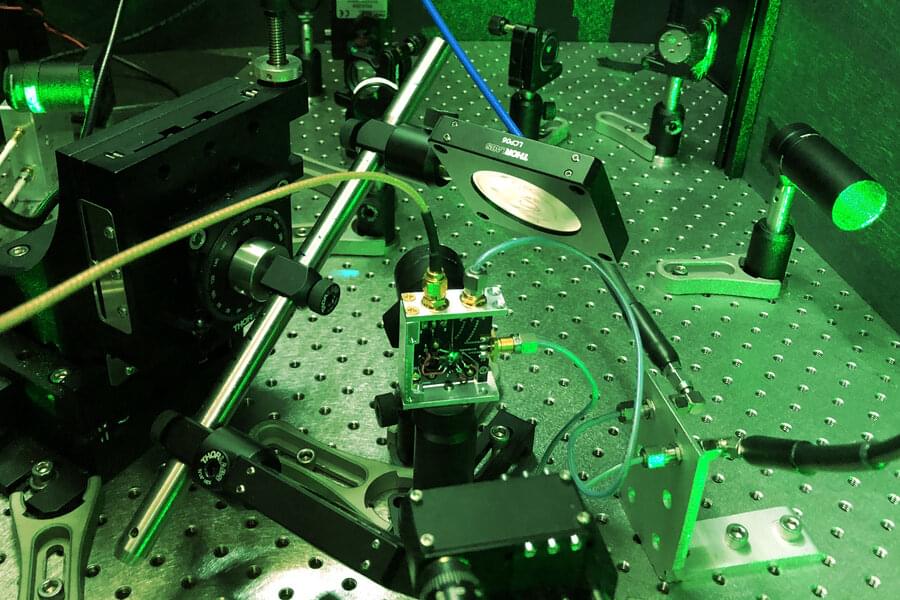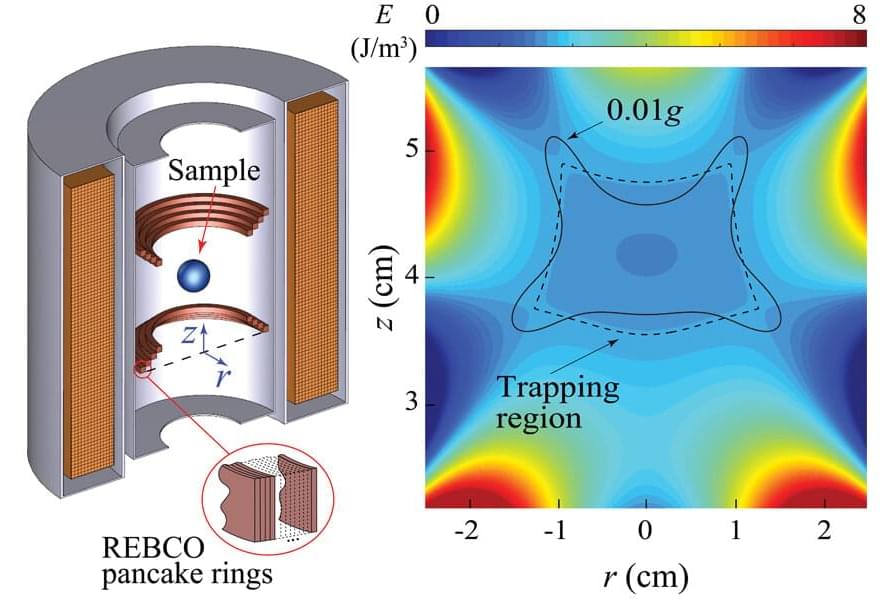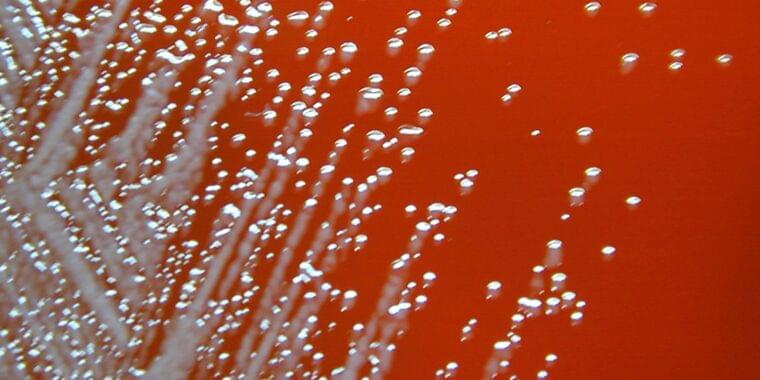While the metaverse might seem like a far off dream, more fit for the pages of a Neal Stephenson novel than reality, some are already attempting to cash in the concept — and even provide a digital workforce for it.
Enter Soul Machines 0 a New Zealand-based company that says it’s designing AI-driven digital humans for clients to use for things like customer service, promotional videos, and education. However, the company also has its sights set on the future — with co-founder Greg Cross saying it plans to create a “digital workforce” for a potential metaverse, according to The Verge.
“When we’re playing a game, we adopt a certain persona or personality, when we’re coaching our kids’ football team we adopt another persona, we have a different personality when we’re at the pub having a beer with our mates,” Cross told the Verge. “As human beings, we’re always adjusting our persona and the role we have within those parameters. With digital people, we can create those constructs.”




